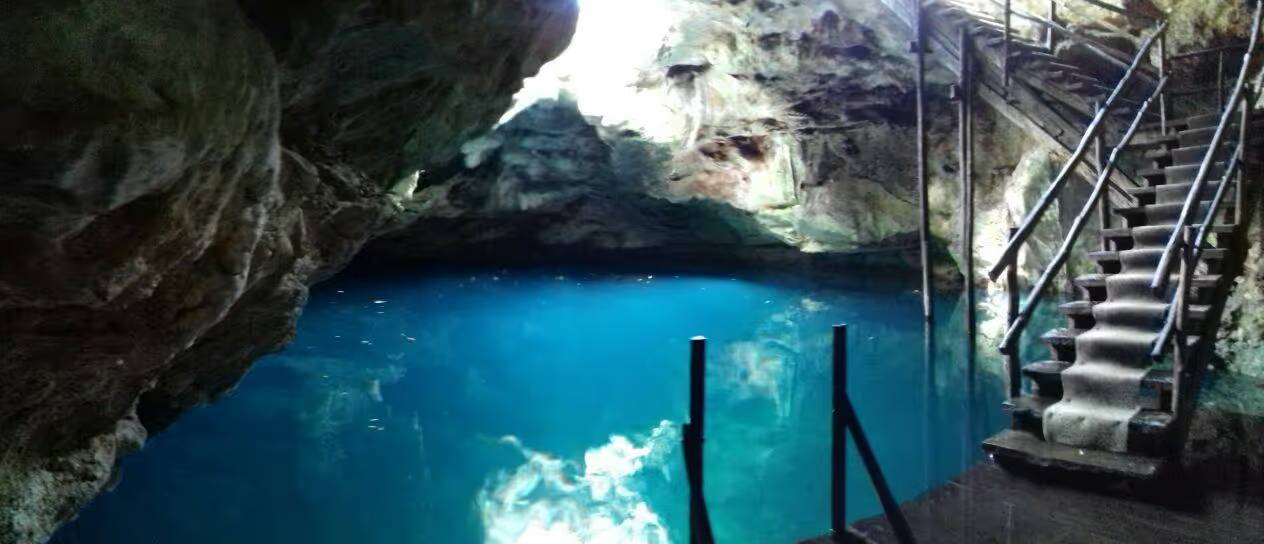Traditions of the Day of the Dead in Oaxaca




Fait sur mesure pour vous.
The Day of the Dead is steeped in customs and commemorative traditions that span across Mexico and several Latin American countries. This celebration, a blend of pre-Hispanic and Spanish cultures, has one main purpose: to remember those who are no longer with us for one or more days.

Oaxaca, known for its rich culture, history, art, music, gastronomy, and ancestral traditions, celebrates this event from October 27 to 31. During this period, some regions await the arrival of children who passed away unbaptized. November 1 and 2 are the Day of the Dead (All Saints' Day) and All Souls' Day. According to historians, cultures like the Mexica and Zapotec saw life and death as a constant cycle of planting and harvesting.
When someone passed, they were wrapped in a mat made from a plant called “palm” and guided through a celebration to the Mictlán (the place of eternal rest). The body was then buried.

In Oaxaca’s towns, traditions involve decorating cemeteries with candles, food, and marigold flowers that fill the air with their distinctive scent. Marigold flowers, meaning “twenty flowers,” color the atmosphere with hues of yellow and orange. Offerings are built with 3, 5, or 7 tiers, representing the journey to the afterlife, to welcome departed loved ones.
Families prepare favorite dishes of the deceased, light candles to show them the way, and burn incense and copal to purify the entrance.

Key Traditions
Mats (Petates)
These symbolize the union between life and death and serve as resting places for souls.

Clay Dogs
Represent the Xoloitzcuintle, a spiritual guide that carries souls to their destination.

Copal
An aromatic resin burned to cleanse spaces of negative spirits.

Salt
Placed at doors and windows to purify and protect the altars.

Huehuentones Dance
A ritual dance performed from October 27, featuring elderly-like movements and melodies of violins and guitars.

Without a doubt, Oaxaca’s Day of the Dead offers immense cultural and spiritual value to anyone willing to immerse themselves in its rich traditions and customs.
voyage






